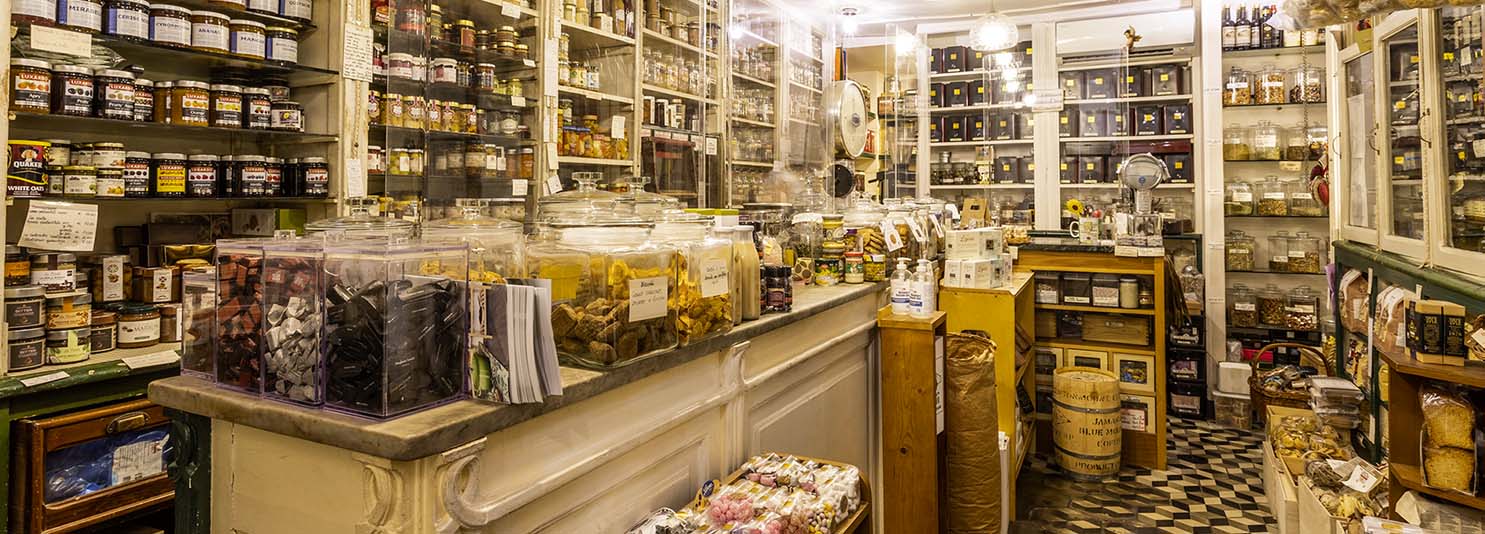The Grocer’s shop of a Thousand Spices

Time has stopped at 32 rosso of Via San Bernardo, in the ancient heart of Genoa.
The owners of the Torielli grocery store, at 32 rosso of Via San Bernardo are the only ones capable of arranging 300 types of spices, 50 essential oils, a hundred types of tea, coffee, aromatic chocolate and a thousand small bottles with mysterious names in a shop some thirty square metres in size.
Stepping through the door of the old grocery store, founded in 1930 by Matilde Torielli and managed for decades by her two sons Guglielmo and Romeo, is like entering a timeless world of bright colours, often incomprehensible fragrances, exotic and sometimes unpronounceable names. Few other grocery stores in Italy are so well stocked. On top of that, the shop is as beautiful as it is old: anyone who opened the door in the past century would probably have found furniture and shelves not very different from those of today.
It is as if the tradition of importing spices that made the Republic of Genoa great and made Genoese traders and seafarers rich – indeed very rich – has been revived, or rather never died. Genoa had conquered the seas, founded colonies and enriched the coffers of the city’s banks (and then lent money to all the European monarchies) thanks to the importation of African resins, saffron, cinnamon, essential oils and medicinal plants, as well as tea and coffee.
A small but significant revolution. It is the one experienced in recent decades by Via San Bernardo, which used to be a primary axis of the “platea longa” and connected the market of San Giorgio to Porta Soprana. Until a few years ago, the street was almost no man’s land: people did not pass through it, in fact they went the long way round to avoid trouble.
Today, it is once again the transit centre it used to be: on Friday and Saturday evenings, hundreds of young people crowd the street and Piazzetta Salvago to meet up, maybe pop into one of the cult wine bars in the old town or sit in one of the many clubs in the area. Even the old medieval palaces, with their marble portals, capitals and walled earthly loggias, seem more beautiful.



